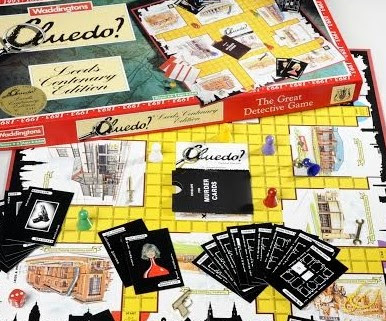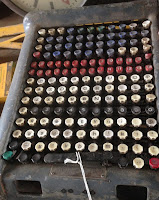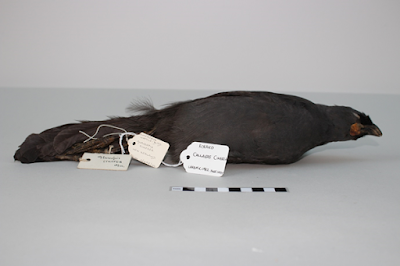I do love Tuesdays. Tuesdays are when I head into the Store at Leeds Museums Discovery Centre to search for new objects to talk about on our Store Tours and in this blog.
On a recent store search I spotted a small silvered glass mug with 'Remember me' etched on it. It sat unassuming, tucked mid-shelf behind more conspicuous glass and ceramic pieces. I laughed at its audacity and guessed at who or what had wished to be remembered so emphatically - and to whom? It seemed a pretty direct thing to ask of someone, at once implying both love and its feared inevitable loss. But I liked its nerve, the boldness of its instruction pitted against the futility of anything or anyone truly seeking to mark-make in perpetuity!
 |
| Silvered glass mug etched with 'Remember Me' c.1900 |
This silvered glass technique was developed in the mid 19th century and was popular until the 1930s when production dropped off in response to a dwindling market. Trends in our material culture often repeat and silvered glass has become popular again in recent years with newer items being easy to identify by their single wall structure. Typically low-cost then and now, they were referred to as poor man's silver, or in Germany as Bauernsilber (farmer or peasants silver).
Keepsakes and souvenirs took many forms from glassware, jewellery and perhaps most prolifically from the mid 19th century through to the late 1930’s, the W.H. Goss trade in miniature white glazed porcelain models (pianos, replica Greek and Roman urns, local landmarks, English cottages, busts of Kings and Queens) carrying the coat of arms of the places where they were sold as mementos.
The trade in tourist keepsakes, either reminders of a holiday or small gifts to give to loved ones on your return, was widespread throughout the 19th and 20th centuries and still thrives on. My maternal Grandma Alice lived with us and often joined us on our holidays but when she didn’t, finding a gift to take back to her became the focus of the week. With ten grandchildren and six greats she tenderly amassed an eclectic jumble of shell frogs, china thimbles, lavender water, snow globes and compact plastic biros. Each one stating: I remembered you.
 |
| The author's personal collection of compact plastic biros, c.1985 |
- the tangible object in our museum collections that we can see and hold and think is real but in fact has no real meaning but for that which we project on it
- the intangible object existing in our recollections, the product of our cultural interpretations, everything that we know based on what has gone before
While the tangible souvenir object - our silvered glass mug - may or may not have carried intrinsic value, utility or aesthetic worth, its intangible worth was tacit yet powerful: its meaning and sentiment only articulated with the giver's input and the recipient’s salute. The word souvenir derives from the Latin 'subvenire', meaning to come (venire) up from below (sub). In French, 'Remember me' written informally would be 'Souviens-toi de mois'.
People aside, that little beaker seemed now the only remnant of the place or affection it once cupped. It called out a little to be remembered for just being itself, tangible and still hanging in there despite its material fragility amidst a million plus objects in a window-less storage space in Leeds. I wondered if it would regard a spot on a shelf of a national museum store to be a good resting place when all was said and done? If that would qualify as being Remembered? I hope it appreciates this blog.
By Pamela Crowe, Volunteer Tour Guide and Blogger at Leeds Museums Discovery Centre
Additional sources:
- A Short History of Mercury Glass by Seaside Collectibles
- Further information on our Store Tours in another blog post
How to find the Discovery Centre:
Leeds Discovery Centre is located on Carlisle Road, 1.5 miles south from the city centre, near Leeds Dock and the Royal Armouries Museum.
Get in touch:
For more information about visiting our store, please contact us on 0113 378 2100, email discovery.centre@leeds.gov.uk or visit our website.
























